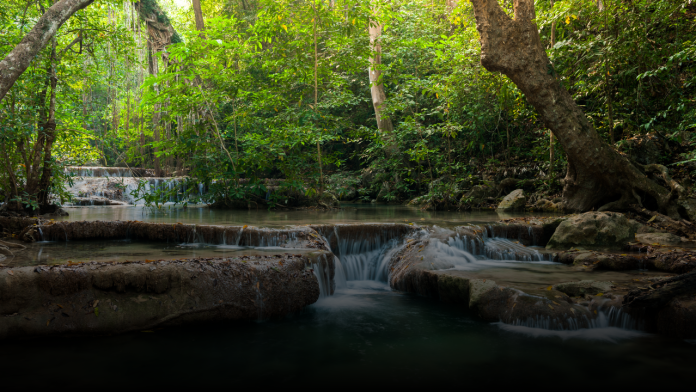Resources in India, the term takes on a multifaceted meaning. This diverse and culturally rich country boasts an abundance of natural wealth, from lush forests to fertile lands. Moreover, it is also home to a vast pool of human talent and historical heritage. India is a land of endless resources, both natural and cultural, making it a captivating and unique destination. In this blog, we will delve into the myriad resources in India, shedding light on the wealth that makes this nation truly exceptional.
Resources in India: Unveiling the Natural Treasures
Biodiversity Hotspots
India boasts a staggering array of biodiversity. From the Western Ghats to the Eastern Himalayas, the country is home to several biodiversity hotspots. These regions harbor an incredible variety of flora and fauna, making India one of the world’s megadiverse nations.
Arable Land
With its fertile plains and river valleys, India possesses vast tracts of arable land. Agriculture has been the backbone of the Indian economy for centuries, providing sustenance and livelihood to millions.
Forest Wealth
India’s dense forests are a treasure trove of valuable timber, medicinal plants, and wildlife. Conservation efforts have aimed at protecting these invaluable resources.
Mineral Reserves
There are mineral resources in India, such as iron ore, coal, and precious stones. These minerals power several sectors and make a substantial economic contribution to the country.
The Cultural Kaleidoscope
Historic Monuments
India’s history is a story told through its ancient monuments. From the Taj Mahal to the temples of Khajuraho, these architectural marvels are cultural resources that attract visitors from across the globe.
Languages and Dialects
India is a linguistic mosaic, with over 1,600 languages and dialects spoken. This linguistic diversity is a cultural treasure that reflects the country’s pluralistic ethos.
Art and Handicrafts
The intricate art forms and handicrafts of India are renowned worldwide. From pottery to embroidery, these crafts reflect India’s rich cultural heritage.
Traditional Knowledge
India’s indigenous knowledge systems, such as Ayurveda and Yoga, are considered invaluable cultural resources. They have been passed down through generations and continue to impact the world’s wellness and lifestyle choices.
India’s Resource Challenges
Environmental Sustainability
Balancing economic growth with environmental conservation is a significant challenge. Deforestation, pollution, and climate change pose threats to India’s natural resources.
Overpopulation
India’s rapidly growing population places immense pressure on resources, from water to food. Sustainable practices are essential to ensure resource availability for future generations.
Infrastructure Development
As India modernizes, the demand for resources like energy and raw materials surges. Ensuring responsible infrastructure development is vital.
Striking a Balance
Conservation Efforts
India has taken significant steps to conserve its natural resources, with initiatives like Project Tiger and afforestation programs.
Cultural Preservation
Efforts to preserve India’s cultural heritage include heritage sites’ restoration and documentation of disappearing languages and traditions.
Sustainable Agriculture
Promoting sustainable farming practices can help balance the need for food production with environmental conservation.
Resource Sharing
Cooperative efforts with neighboring countries and international organizations are essential to ensure sustainable resource management.
Conclusion
In conclusion, India’s resources, both natural and cultural, are integral to its identity and progress. They offer a glimpse into the nation’s incredible diversity and heritage. However, striking a balance between utilization and conservation is essential to ensure these resources continue to enrich India for generations to come.
FAQs
1. What are some endangered species in India’s biodiversity hotspots?
India’s biodiversity hotspots are home to endangered species like the Bengal tiger, Indian elephant, and snow leopard.
2. How does India protect its historic monuments?
Historic monuments in India are protected and conserved by organizations like the Archaeological Survey of India (ASI).
3. What are some famous traditional art forms in India?
India is known for art forms like Bharatanatyam (classical dance), Madhubani painting, and Pattachitra.
4. How does India address environmental challenges?
India has implemented various policies and initiatives to combat environmental challenges, including the National Clean Air Program and the National Mission for Sustainable Agriculture.
5. Can tourists visit biodiversity hotspots in India?
Some biodiversity hotspots are open to ecotourism, allowing visitors to explore these unique ecosystems while promoting conservation.



